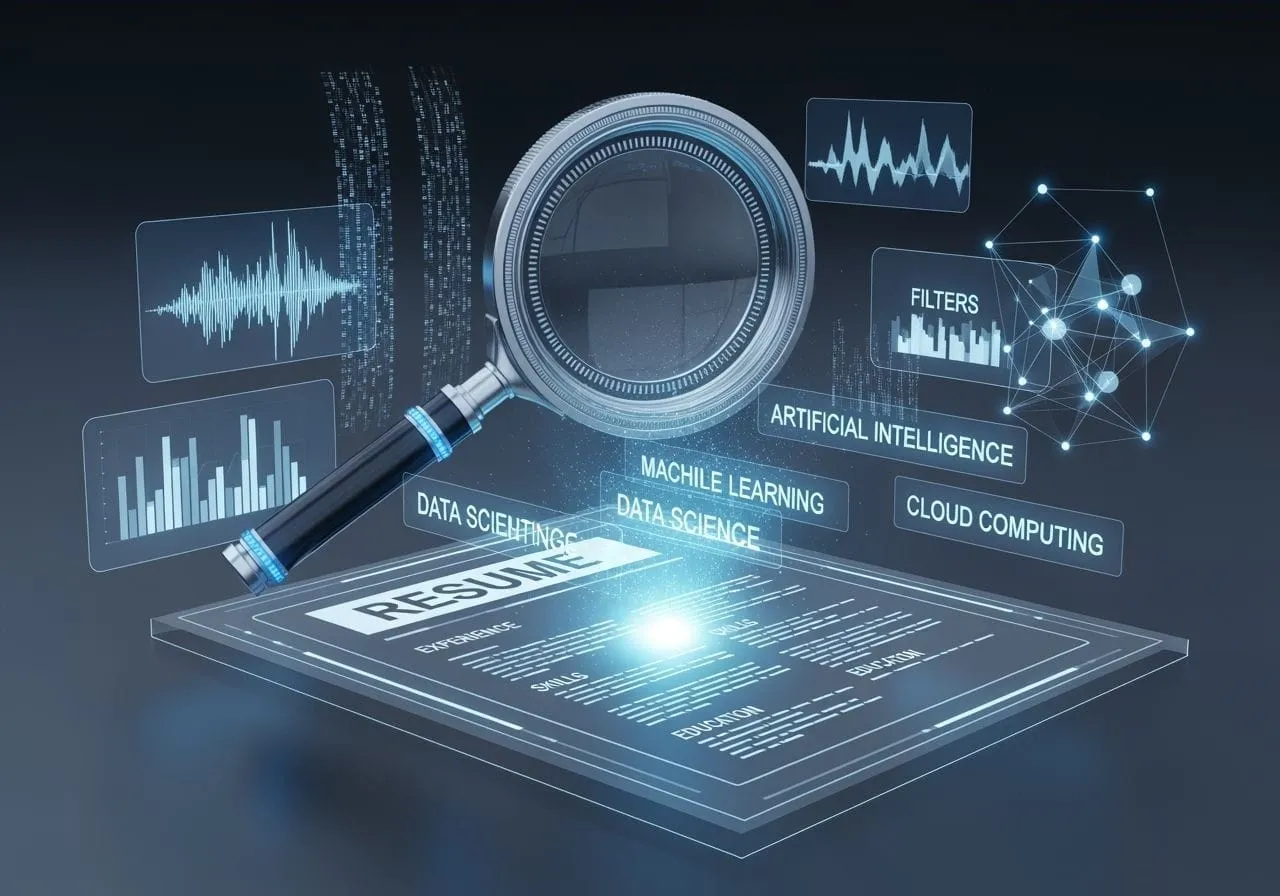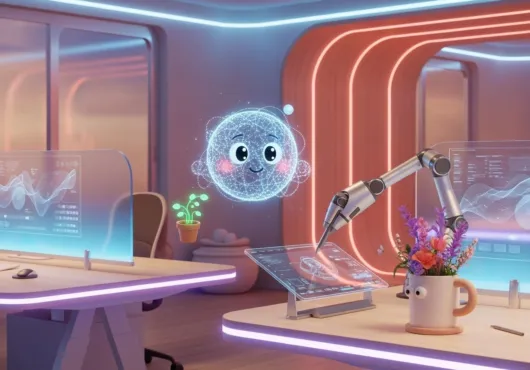Once upon a time, great merchandising meant knowing how to catch a customer’s eye from across the store. The best merchandisers were part psychologist, part designer, part magician—arranging products just so, crafting irresistible endcaps, playing music that made you linger longer. It was a human art form, guided by gut instincts, observation, and an almost sixth sense for shopper behavior.
Today? It’s all algorithms and dashboards.
Merchandising didn’t die—it got digitized, optimized, and in many ways, dehumanized.
The Human Touch That Used to Matter
Remember impulse buys? That candy bar next to the register wasn’t there by accident. Your cart didn’t “accidentally” fill up. The clearance rack was bait. The color palette? Seasonal hypnosis. Merchandising used to be psychological warfare—with a smile.
In physical stores, it was about foot traffic and eye-level placement. In digital spaces, it’s about scroll depth, click-through rates, and A/B testing. The problem? Algorithms don’t know how to feel their way through a display. They know what worked statistically, not why it worked.
Enter the Algorithm: Smart, Efficient, and Cold
Modern retail lives in the backend of AI-driven systems. These tools track every swipe, click, hover, and abandoned cart. They’re powerful. Now it’s all numbers. Predictive models decide what shows up, where it sits, and how to word it so the dopamine hits just right.
But it’s reactive, not intuitive.
AI didn’t grow up setting up tables on Black Friday. It doesn’t know how to adjust a store layout after sensing the vibe feels off. It doesn’t improvise when the weather shifts and foot traffic dies.
Instead, it runs on data. The customer isn’t a person—it’s a user profile.
The Death of Serendipity
Old-school merchandising invited discovery. You’d find something you didn’t know you wanted because the display spoke to you. It invited curiosity.
AI merchandising narrows your world. Recommendation engines are self-fulfilling prophecies—pushing what you’re already likely to click, boxing you into past behavior. There’s less room for surprise, for wandering off-script.
It’s personalization without personality.
AI Isn’t All Bad—But It’s Not Creative
Yes, AI helps reduce waste, optimizes shelf space, and can run endless micro-tests no human has time for. It notices patterns humans might miss. But it’s not creative. It doesn’t dream up a pop-up event or sense when a display’s energy feels flat.
AI can segment your audience by buying behavior, but it can’t predict when a cultural shift is coming. It doesn’t know the difference between a trend and a fad until it’s too late.
So What Now?
We don’t have to throw out the tech, but we do need to bring back the art. Hybrid merchandising strategies that use AI tools for grunt work but leave room for human insight are the future. Data tells you what happened. People know why.
If you’re in ecommerce, consider how your product layout feels. If you’re still in the game with a physical store, don’t let dashboards bulldoze your gut. Step back and ask: what’s the narrative here, and does anyone care? Would someone stop scrolling—or stop walking—for this?
Conclusion: The Algorithm Can’t Merchandise Emotion
From endcaps to infinite scroll, the game has changed. But attention is still the prize. And AI, for all its horsepower, doesn’t know how to romance the shopper. It knows how to push. Not how to pull.
Merchandising was never just about stuff. It was about seduction. And that, no matter what the spreadsheet says, still takes a human.


